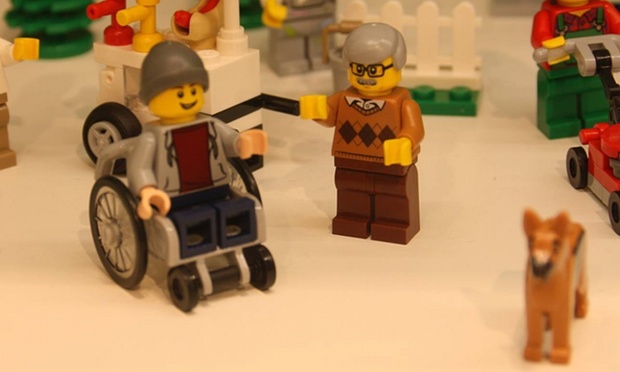Interview: Princess Cupcake Jones Author Yileya Fields
Posted on June 6, 2016 at 3:00 pm

Ms. Fields was kind enough to answer my questions.
What inspired you to create the Princess Cupcake series?
Princess Cupcake Jones was inspired by the lack of diversity I saw while looking for books to read to my children. I decided to take matter into my own hands and blend the appearances and personalities of my two eldest daughters – thus creating Princess Cupcake Jones.
What is Princess Cupcake like? What does she like to do?
Princess Cupcake Jones is a curious, sassy, yet sweet 5 year old. She can be quite mischievous, like most children her age.
She loves playing, dancing, and has quite the imagination.
Who is in her family?
Princess Cupcake Jones, her mother (the Queen) and her father (the King) are the main characters in the story. However, I’m exploring the idea of giving her a sibling in a future book.
Is she based on a real-life character?
She is physically a combination of two of my eldest daughters. I blended both of their appearances and personalities into one beautiful character. Yet my two younger daughters are now providing inspiration for her as well!
Do your children inspire or influence your stories?
Absolutely! The Princess Cupcake Jones series would not have come to life if it weren’t for my children. I felt a responsibility to create this series for them as well as children around the world so they could relate to a character in a book.
Why is it important for children of all races to have books about diverse characters?
Children seeing diverse characters is important because it drives home the fact that while people may look different physically, at the end of the day, our values, dreams, wishes, etc are the same. These characters connect them and help children to relate to each other better.
What books did you enjoy when you were a little girl?
Growing up I was a voracious reader. I loved poetry and still do. Shel Silverstein’s Where the Sidewalk Ends and A Light in the Attic were two of my favorite books!
What do you want children and their families to learn from these books?
With each book having a different life lesson, my goal is to reinforce morals and values that children utilize in everyday life. By reading the books together, families can bond over the fact that Cupcake and her family isn’t that much different than their own!
What adventures will Princess Cupcake have next?
The next book in the series “Princess Cupcake Jones and the Dance Recital” is due out this summer. It’s all about Cupcake’s love for dance and what child can’t relate to that?




